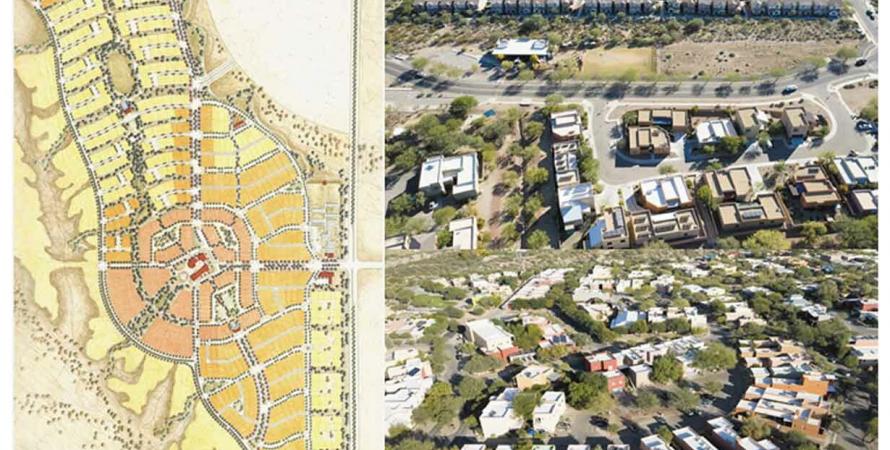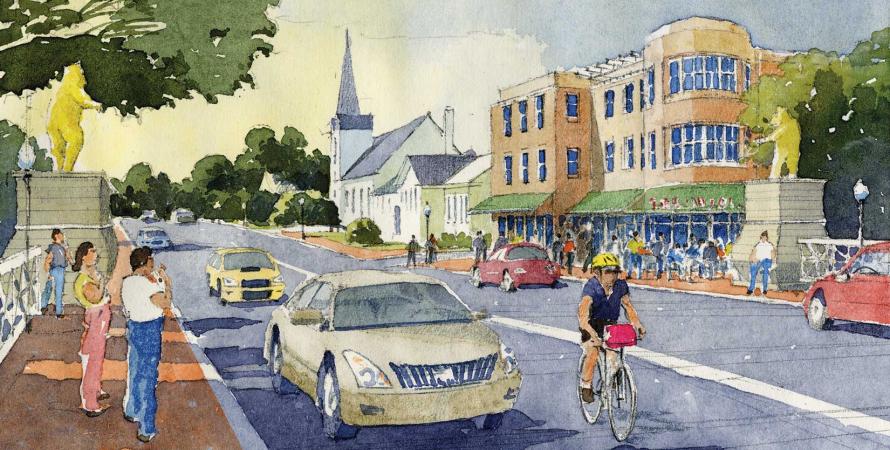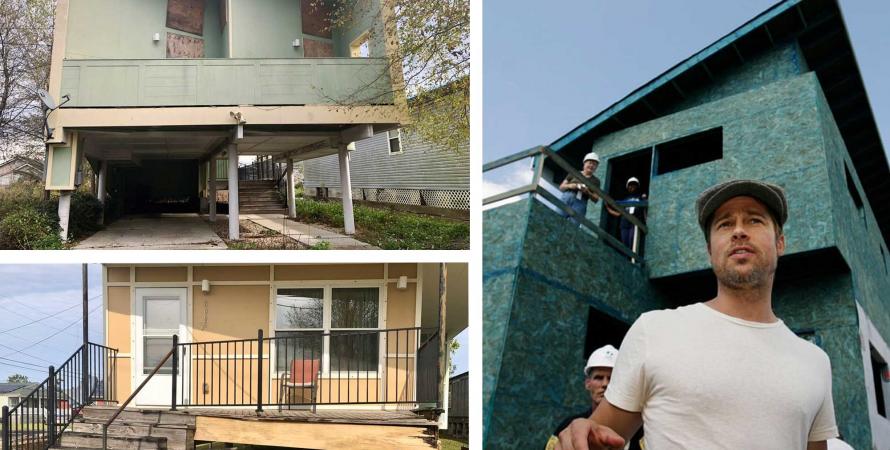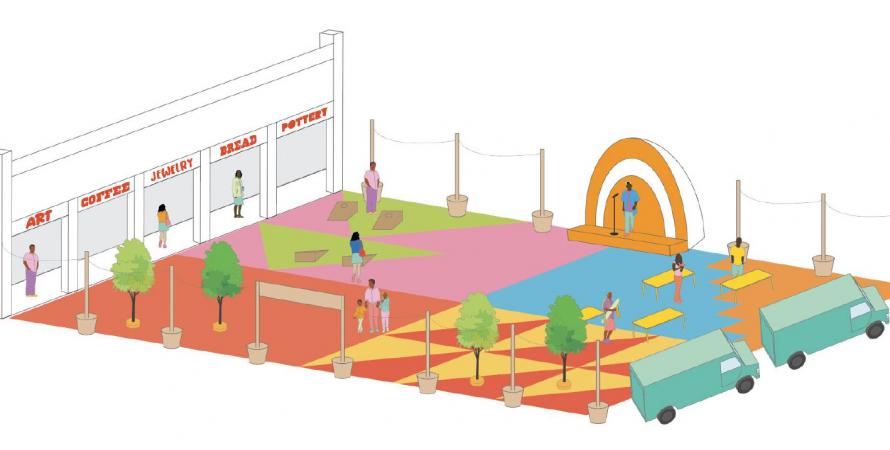-

Urban design boosts ‘passive cooling,’ responds to climate change
Civano, a new urbanist town in Tucson, Arizona, provides a useful model for how three-dimensional design cuts energy and water use—and also adapts to and mitigates climate change.The shade provided by buildings and trees in walkable neighborhoods could be a key to making urban places more adaptive and resilient to a warming planet, according to a study of Civano, an early new urbanist town in Tucson, Arizona. Green design characteristics of Civano—especially its white roofs...Read more -

Five keys to a successful master plan
Macon, Georgia, has been transformed by the Master Plan for Beall’s Hill, which helped tear down the walls between Mercer University and a disadvantaged neighborhood.More than 18 years ago I wrote about a plan by a largely volunteer new urbanist team to revitalize the Beall’s Hill neighborhood in Macon, Georgia, adjacent to Mercer University. It was a good plan, but was it going to happen or work? I believed, but I didn’t really know. The vision for the long-...Read more -

Pitt proves cutting-edge design and affordable housing don’t mix
Brad Pitt violated the cardinal architectural rule since Pruitt-Igoe: Do not experiment on the poor. Others, such as Habitat for Humanity and new urbanists, were far more successful in New Orleans.Note: Public Square editor Robert Steuteville is on leave from late September through the last week of October, 2022. In the meantime, we are offering some popular articles from 2022 in addition to new content. If there was any doubt about the colossal failure of Make it Right in New Orleans, it...Read more -

Building a ‘main street’ from parking lots
The diverse Global District is the focus of a tactical event and long-term planning to promote main street character in a sector of strip malls and arterial roads.How do you create a community that will function as a traditional “main street” when there is no physical main street? That is the question to be addressed by a CNU Legacy Project that will take place in the first week of March in Tulsa, Oklahoma, in advance of CNU 30 in Oklahoma City. The...Read more